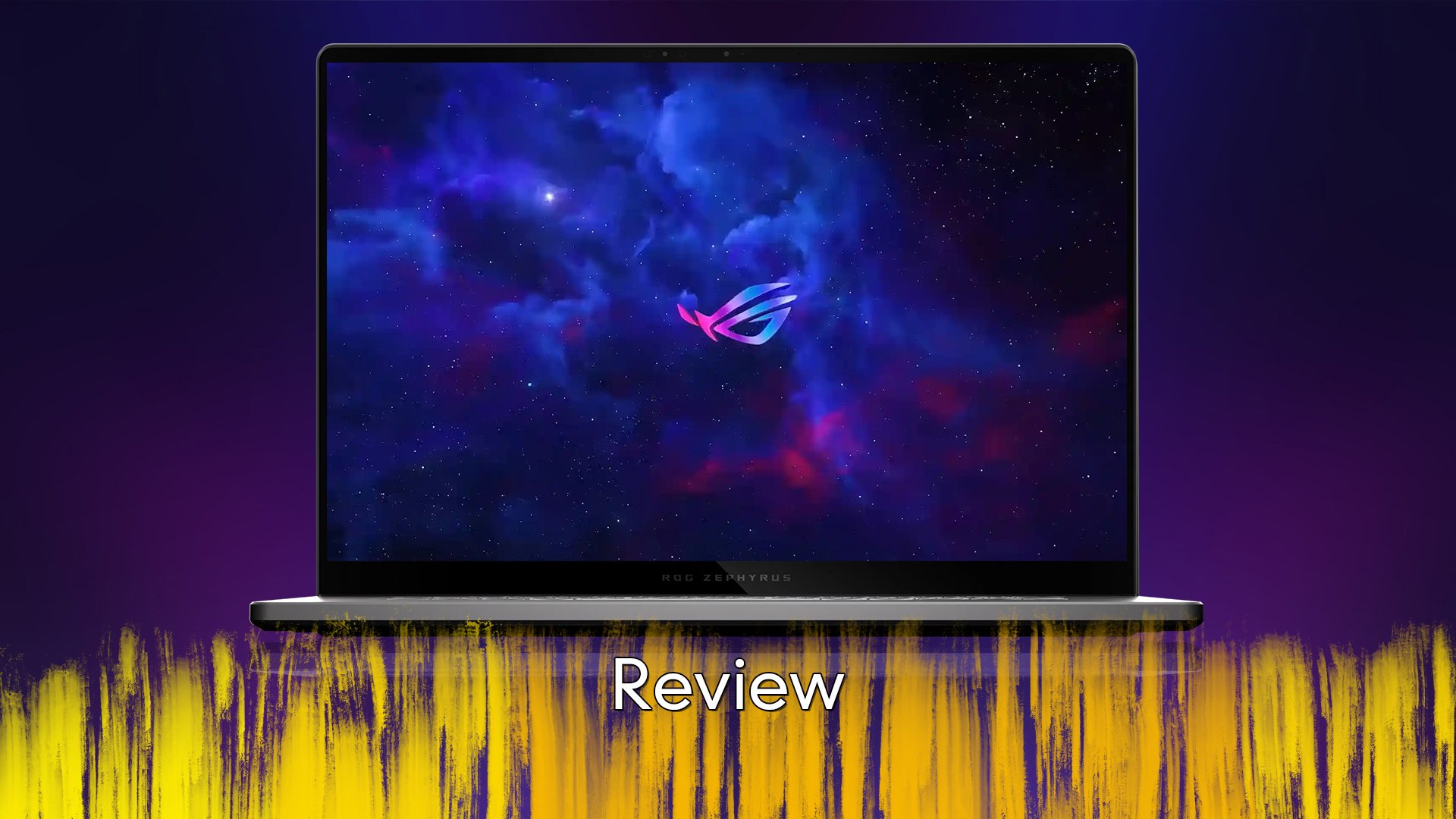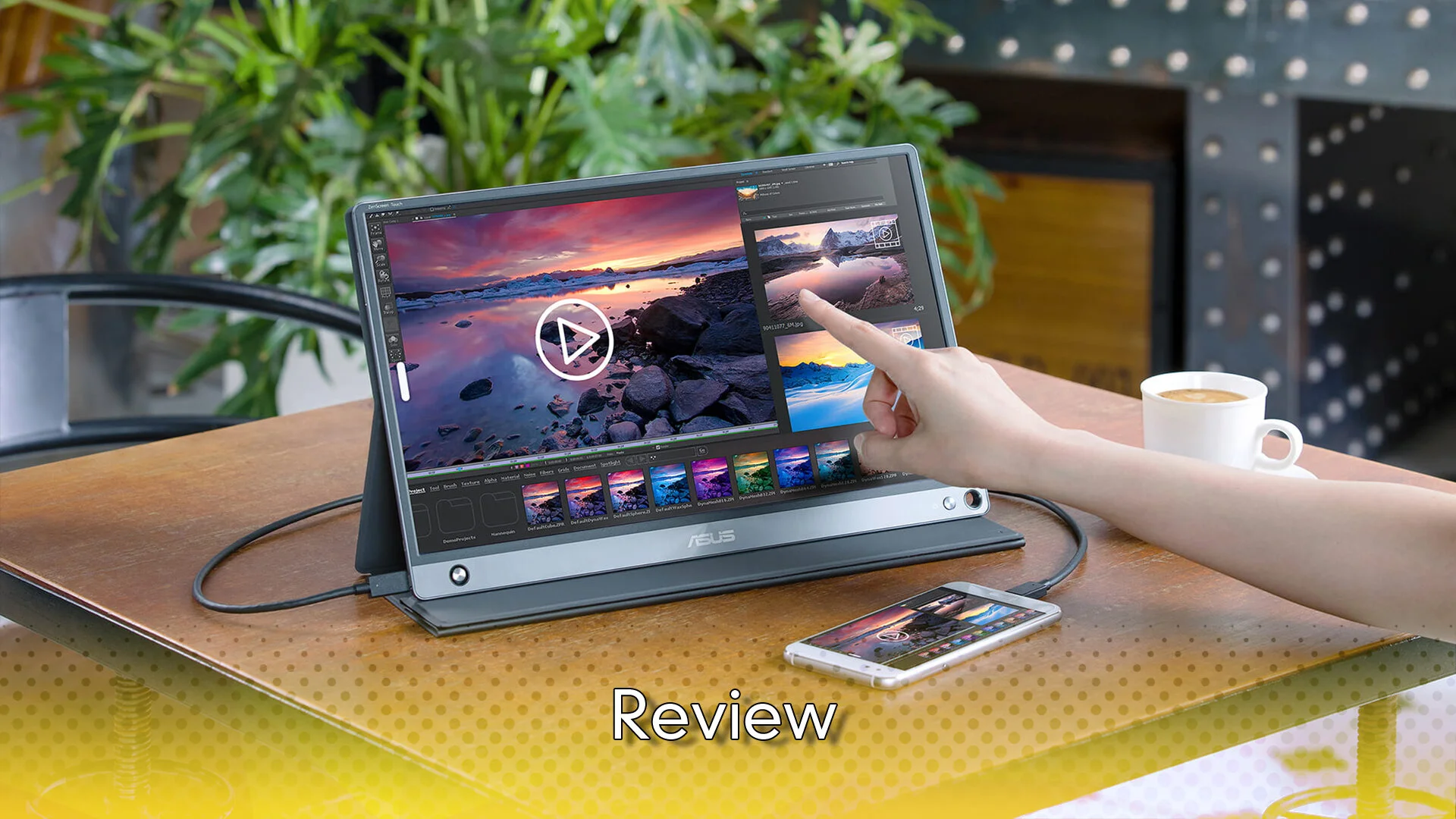ASUS ROG Zephyrus G16 - Review

It has been quite a few years since I reviewed a laptop, mostly because they have only ever been incremental upgrades to the insides, but there was something about the ASUS ROG Zephyrus G16 that caught my eye. Now that I have put some time into the laptop, was I able to discover what was so appealing about it?
Perhaps one of the things that caught my attention was the design, as the ROG Zephyrus G16 sports a body made from a precision CNC-machined alloy, giving it a very sleek look. Or maybe it was the stunning Nebula Display, which sports a 2.5K resolution and a 240Hz refresh rate and if not that, maybe it was the overall form factor. Actually I think it was a little of everything, as I honestly couldn’t find a lot wrong with the device, there are some issues so don’t think its perfect, but honestly its pretty close. Let’s start with the body, which as I said is machined into a few pieces that come together, which it actually being made from aluminium alloy 6063. As the body is made using a CNC process, that means that the keyboard, touchpad and speakers are all given custom slots to sit in, with a tolerance of 0.7mm around them. From the moment I picked up the laptop, I could tell it felt different, as most laptops are made from either plastic with a metal interior, or they are sheets of metal encasing plastic. Once you open the laptop up, before you even power it on, you will notice the amazing size that is the touchpad, which is 15cm x 10cm, meaning it has a 16:10 aspect ratio. This larger size, which is as responsive as you could ever want, allows for you to do almost anything on it, even some gaming, though not for all games of course.
Above the touchpad is the keyboard, which is more akin to a mini keyboard than anything else, but even with its reduced form factor, it still never felt small. Part of this could be due to the slightly larger space between the keys compared to a more traditional mini keyboard, or it could be that some common functions, like volume controls, have been separated out into their own keys. There are the usual line up of keys on it, though I was impressed with the dedicated airplane mode function key, which is not something you really see on any device. Bordering the keyboard are the twin speakers, which offer up a staggering 47% volume increase and an ultra-low bass frequency of 100Hz, along with a pair of tweeters. If that was not enough, they also support Dolby Atmos and a virtual 5.1 setup, which even when the fans were going, were able to deliver great sound from them despite my gaming demands.
Of course, we can’t talk about what you see once you open the lid, without mentioning that incredible display. While specs like 2.5K sound great, nothing matters unless it can deliver incredible images and honestly, this was one of the best parts of the laptop. One of the first things I did was jump onto YouTube to watch some 4K videos of nature and they looked incredible on the display. Of course, I also had to test out some games and while Marvel’s Spider-Man was tempting, it has been one of my go to games for a while now, I wanted something a little more destructive, so I installed DOOM Eternal. The game detected the screen and having it run uncapped at the best resolution it could, it was amazing to watch, of course the game being hella fun didn’t hurt.
While we are speaking of the game, it feels like now is a good time to talk about the specs that powered everything. The GPU was a NVIDIA GeForce RTX 4050 Laptop GPU, sporting 6GB GDDR6 memory, it also offered up a dynamic boost, giving more juice when things got really crazy. The CPU on offer was an Intel Core Ultra 7 Processor 155H 1.4 GHz, with a 24mb cache that could go up to 4.8 GHz, but that is pretty basic, where it shines is with the Intel AI Boost NPU. This is one of the first computers that has a dedicated NPU, which is a neural processing unit, which takes the load off the CPU and GPU when you are doing anything AI related. This won’t generate content for you, it will use the others to help there, but text based prompts and other assorted AI apps can make use of it. I will admit that I didn’t do too much with it, as I write things for myself and I am not an advocate for AI image or video creation. I was doing some sample tests though and it worked great.
Before I get into software, I want to address the ports and layout of them, as there are some good and stupid things going on. First is that the laptop offers up 2 USB-A, a single 3.5mm audio jack, a SD card reader, HDMI 2.1 and 2 USB-C ports. Those last two ports are actually not standard ports, one is a 3.2 Gen 2 Type-C supported DisplayPort and the other is a Thunderbolt 4 supported DisplayPort, which worked great plugging it into my espresso display. The laptops charging port is another custom port by ASUS and not USB-C as I had hoped, which is again a problem, especially when you have to carry that massive brick with the laptop. Where things are stupid are with the power and indicator lights, they are located on the back of the laptop, specifically on the lid, which means you can’t see them unless you turn the machine around. Even worse, once the screen is up, you can’t see them at all, no matter which direction you turn it around in. Those last two are not roadblocks to using the machine, but they are things that shouldn’t be an issue any more, so it’s a shame they exist at all.
Finally, lets talk about the battery life, as its wonderful and pathetic at the same time. First the good, I spent almost 2 days using the laptop to just do some basic web browsing and Microsoft Word and Excel stuff and the battery kept up with what I needed. In fact I imagine I got almost 12 hours of use from the battery doing that, which is fairly decent. I set the brightness to the middle of the range as well, which likely helped and when doing all that it was cool on my lap. Sadly, the moment I played a game on battery, it took a nose dive and not a shallow dive, it ploughed into the ground hard. One of the games I love to play on PC, whenever I get a chance to is Battlefield Bad Company 2, with it now being 14 years of age, I knew it would run really well and with everything set to max, it did. The problem was that the battery just clearly couldn’t keep up, after approximately 45 minutes of playing the game, the battery went from full to 26%.
The downside to playing a game on the laptop is that the amount of heat the machine generated was insane, even a less demanding game like Phantom Abyss got the laptop cooking. After Battlefield, it took maybe half an hour before it was cool enough to put back on my lap, an hour of DOOM Eternal meant I waited almost a full hour and Phantom Abyss was almost half an hour. So the combination of power drain and the heat generation makes this not the best laptop for gaming on ones lap, or without it being connected to a power source. The problem with connecting it to a power source is that the brick you need to use, is massive and its just unwieldy.
The biggest selling point of the ASUS ROG Zephyrus G16 is the addition of the NPU, whilst AI content generation is totally an issue and not one that will be solved anytime soon, there are some real benefits to AI. There are a few issues that you will need to think about, namely the size of the power brick - an issue I have been lamenting for years now, and the amount of battery life you get, should you actually do something demanding. For those who will be using it on a desk more than away from one, there won’t be an issue with power, but heat might be an issue. However, if you are travelling more than anything and are someone who likes a game or two, you might want to hold off on picking this one up. If you do choose to upgrade to the ASUS ROG Zephyrus G16, you will find that having a laptop that can not only play any game you want, or tweak your photos, but also help you out when you need it, is a trifecta of features that is hard to ignore.
The Score
9.0
Review unit provided by ASUS
The Pros
The trifecta of cores inside will help you achieve almost anything you need to do
Fantastic form factor that has everything within easy reach
The Cons
The battery drains insanely fast in almost every game, making it hard to game without power…
…but with the bulky power supply, its hard to take it anywhere you need to go









